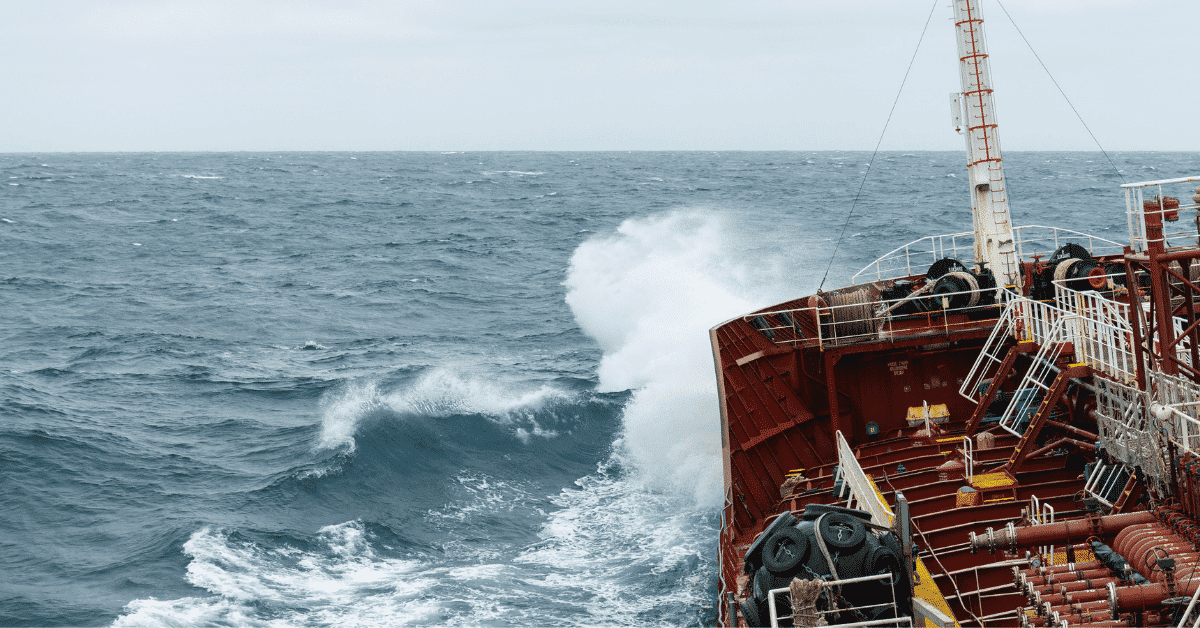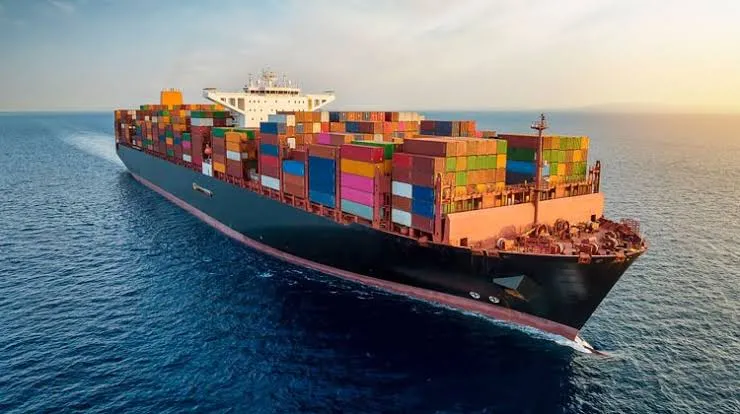Best Practices for Marine Shipping in the Monsoon Season
Navigating marine shipping during the monsoon season demands meticulous planning and adherence to best practices to safeguard cargo, vessels, and crew.

Navigating marine shipping during the monsoon season demands meticulous planning and adherence to best practices to safeguard cargo, vessels, and crew. The monsoon season, with its characteristic heavy rainfall, strong winds, and rough seas, presents unique challenges that can impact maritime operations significantly. To mitigate these risks effectively, it’s essential to implement strategies that ensure safety and operational efficiency.
Understanding Monsoon Risks
The monsoon season brings with it a range of weather conditions that can severely affect marine shipping. Heavy rainfall leads to increased water levels and potential flooding, while strong winds can cause turbulence and complicate navigation. Rough seas can lead to cargo shifting or damage, and reduced visibility can make navigation hazardous. These conditions heighten the risk of accidents, cargo damage, and operational delays. Recognizing these risks is the first step towards addressing them proactively.
Best Practices for Safe Marine Shipping
Weather Monitoring and Route Planning
One of the most crucial aspects of managing marine shipping during the monsoon season is to stay informed about the weather. Utilizing advanced weather forecasting tools allows shipping companies to monitor monsoon developments accurately. By keeping track of weather patterns, shipping routes can be optimized to avoid severe weather conditions. This means planning routes that reduce exposure to areas prone to heavy rainfall or strong winds.
In addition to forecasting, it’s vital to consider the specific capabilities of your vessel and the sensitivity of the cargo. Some vessels are more suited to handle rough seas, while others may be more vulnerable. Similarly, certain types of cargo may be more susceptible to damage from moisture or impact. Route planning should take these factors into account, ensuring that the chosen path is safe and suitable for both the vessel and the cargo.
Secure Packing and Stowage
Proper packing and stowage are essential for protecting cargo from the adverse effects of the monsoon season. Ensuring that cargo is securely packed and stowed can prevent damage from moisture and potential water ingress. This involves using weather-resistant packaging materials that can withstand high humidity and rough conditions.
Containers and packaging should be selected based on their ability to protect against the elements. For instance, waterproof and durable materials are crucial for safeguarding goods from rain and spray. Additionally, securing cargo within the vessel is important to prevent movement that could lead to damage during turbulent conditions. Proper stowage techniques, including securing items and distributing weight evenly, contribute to maintaining cargo integrity throughout the journey.
Vessel Maintenance and Safety Checks
Before and during the monsoon season, comprehensive inspections and maintenance of vessels are critical. Regular maintenance ensures that the vessel is seaworthy and capable of handling adverse conditions. This includes checking the hull, engines, and other critical components for any signs of wear or damage.
Equipping vessels with the necessary safety equipment is also essential. This includes emergency kits, navigation aids, and communication systems. Emergency kits should contain items such as life jackets, flares, and first-aid supplies, while navigation aids and communication systems are crucial for staying informed and coordinating responses during emergencies.
Routine safety checks should be conducted to ensure that all equipment is functioning correctly and that the vessel is prepared for any potential challenges. This proactive approach helps in addressing any issues before they escalate into major problems during the monsoon season.
Crew Training and Emergency Preparedness
Training crew members on monsoon-specific safety protocols is an important aspect of ensuring safety during challenging weather conditions. Crew members should be well-versed in emergency procedures, including how to respond to storms, flooding, or vessel malfunctions. Effective communication during adverse weather is crucial, as it helps in coordinating efforts and managing situations efficiently.
Regular drills and simulations are essential for preparing the crew for emergencies. These exercises help crew members practice their responses to various scenarios, such as navigating through rough seas or dealing with equipment failures. By familiarizing themselves with emergency procedures and practicing their roles, crew members can act swiftly and effectively when real situations arise.
Adhering to best practices during the monsoon season is crucial for maintaining safety and operational efficiency in marine shipping. By understanding the risks associated with monsoon weather, implementing effective weather monitoring and route planning, ensuring secure packing and stowage, maintaining vessels diligently, and training crew members thoroughly, shipping companies can navigate the challenges of the monsoon season more effectively.
FAQ Section
1. What are the key risks associated with marine shipping during the monsoon season?
The monsoon season brings several risks for marine shipping, including heavy rainfall, which can lead to increased water levels and flooding. Strong winds may cause turbulence and affect vessel stability, while rough seas can lead to cargo shifting or damage. Reduced visibility can complicate navigation, making it harder to avoid hazards and maintain course.
2. How can weather forecasting tools help in planning safer shipping routes?
Weather forecasting tools provide real-time and accurate information about weather conditions. By using these tools, shipping companies can monitor weather patterns and make informed decisions about route planning. This helps in avoiding severe weather areas and selecting safer routes that reduce exposure to adverse conditions.
3. What are some recommended materials for weather-resistant cargo packaging?
For weather-resistant cargo packaging, it is advisable to use materials such as waterproof plastic wraps, sealed containers, and moisture-resistant coatings. These materials help protect cargo from rain, high humidity, and rough sea conditions, reducing the risk of damage during transit.
4. How often should vessels be inspected and maintained during the monsoon?
Vessels should undergo regular inspections and maintenance before and throughout the monsoon season. Routine checks ensure that the vessel remains seaworthy and capable of handling adverse weather conditions. Regular maintenance helps in identifying and addressing potential issues before they become critical problems.
5. What kind of emergency training should crew members undergo for monsoon conditions?
Crew members should receive training specific to monsoon weather, including safety protocols for handling storms, flooding, and other adverse conditions. Training should cover emergency procedures, effective communication during challenging weather, and regular drills to practice responses to potential emergencies.
6. How can DgNote Technologies support marine shipping operations during the monsoon season?
DgNote Technologies offers a reliable platform for exploring and purchasing marine insurance. Their tools simplify the process of finding suitable coverage, such as marine cargo insurance and transit insurance, tailored to your specific needs. This support helps ensure that your marine shipping operations are protected throughout the unpredictable monsoon season.
What's Your Reaction?











.webp)







